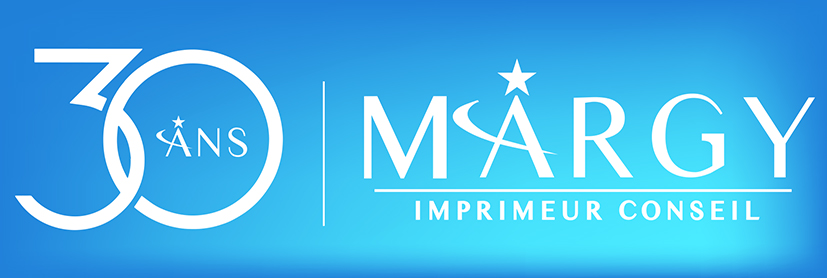The importance of offering personalised, optimised advertising to promote your brand
Netmarketing is one of the essential vectors of communication and marketing for any company, whether a small SME or a multinational. Video content is one of the most widely used communication techniques, and a key asset in any advertising campaign. However, internet users, tired of a profusion of videos constantly interrupting their connection, are increasingly blocking advertising content with software. Companies therefore need to reinvent new ways of communicating…
Adapting advertising content to the desires of Internet users: the new communications challenge for companies
While video advertising content remains one of the most effective ways of communicating and selling services or products on the web, Internet users have organised their response by increasingly installing ad-blocking software. With advertising being undermined by this widespread practice, web marketing specialists are proposing that, as was the case for written content, advertising approaches should be rethought in qualitative rather than quantitative terms.
They see ad-blocking software as ” an opportunity to evolve and reinvigorate the advertising-based web browsing experience through better content, and thus achieve better results“.
Various new strategies for delivering advertising content are currently being tested, but generally speaking they are all aimed at improving the quality of messages and content, as well as making it possible to personalise advertising messages.
Internet users could therefore choose their advertising content and even interact with the advertising. On the one hand, this would obviously be of much greater interest to the recipients of the advertising, but it would also create much more informative data about the Internet user for the company delivering the personalised advertising. Two major new advantages for both the web user and the web marketing specialist.
Adapting ad formats to make them easier to read on the web
Among the many arguments put forward by Internet users using ad blocking software, the time it takes to load a video is an argument that is almost systematically used to refuse to view it. The aim is to make the video more attractive and personalised, as we have already mentioned, but also less heavy in terms of loading and buffering.
According to Sophie Rayers, Director of Maketing EMEA and LATAM at Brightcove: “Brands therefore need to offer them a more fluid, TV-quality advertising experience with faster loading times, whether the video is three or thirty seconds long”. For example, she advises including the video stream in a cloud, which will reduce the loading time for the user.
While ad-blocking software is a concern for webmarketing companies, there are many ways around this obstacle. Just like written content, video content needs to be better and better if it is to remain of interest to the public, which in the end may also be an exemplary way of highlighting content with high added value in the face of competitors who may not have had the same concern for quality…
Other articles :
 01 44 52 02 02
01 44 52 02 02
